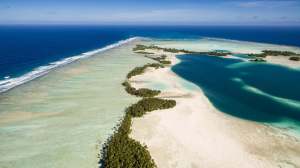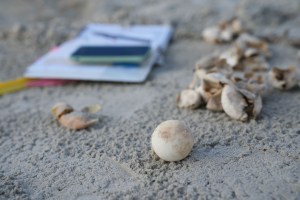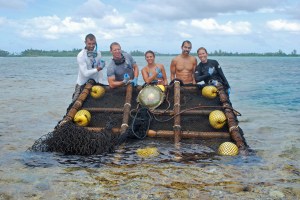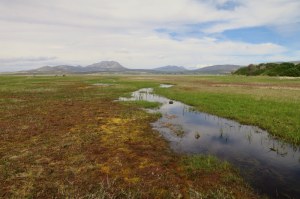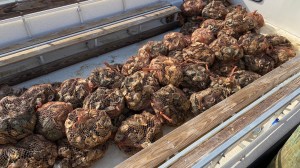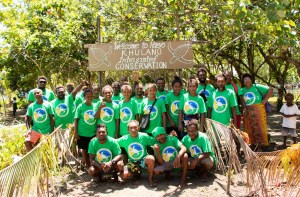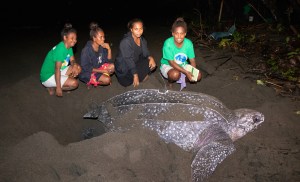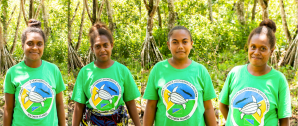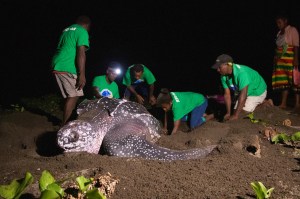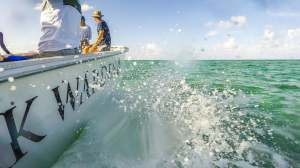Discover stories in Oceans
Coral Atolls are Not a Lost Cause
An international team argues that strategic ecological restoration could save coral atoll islands from the rising seas of climate change.
Loss of Coastal Ecosystems Increases Risk from Tropical Cyclones
Science identifies where coastal ecosystems will be crucial for coastal protection services in a world altered by climate change.
To Monitor Loggerhead Turtles, Scientists Look to Their Eggs
In Georgia, scientists are using “genetic tagging” to track nesting loggerheads in one of the world's longest-running monitoring programs.
The Nature Conservancy Announces Expansion of First dFAD Partnership
This year on World Tuna Day, The Nature Conservancy (TNC) Hawai‘i and Palmyra announces the expansion of the first drifting […]
The First World Map of Tidal Marshes
A new global map of tidal marshes, one of the world’s most productive ecosystems.
What It’s Like to Document California’s Disappearing Kelp Forests
Documentary filmmaker Tyler Schiffman turns his camera onto the people rushing to save a marine ecosystem on the verge of collapse.
What Happens When You Expose an Oyster to Crab Pee?
To build stronger oyster reefs, scientists are scaring them with one of their fiercest predators: blue crabs.
It Takes A Village
In the majority of places where conservationists work, our success or failure rides on the backs of the people who live there.
Women Lead Leatherback Conservation in the Solomon Islands
Changing cultural perceptions around gender can’t work without the support of the local communities.
Giving Voice to Haevo’s Women Rangers
Hear from the Solomon Island's first women rangers as share their experiences working to protect nesting leatherback sea turtles.
Satellite Tracking the Pacific’s Most Endangered Leatherback Turtles
A new satellite tagging study in the Solomon Islands will help protect critically endangered leatherback sea turtles.
The Value of Words + Pictures
Think nature-based tourism is only tied to wildlife watching and hiking? New science says we need to think again—especially in the Eastern Caribbean.
